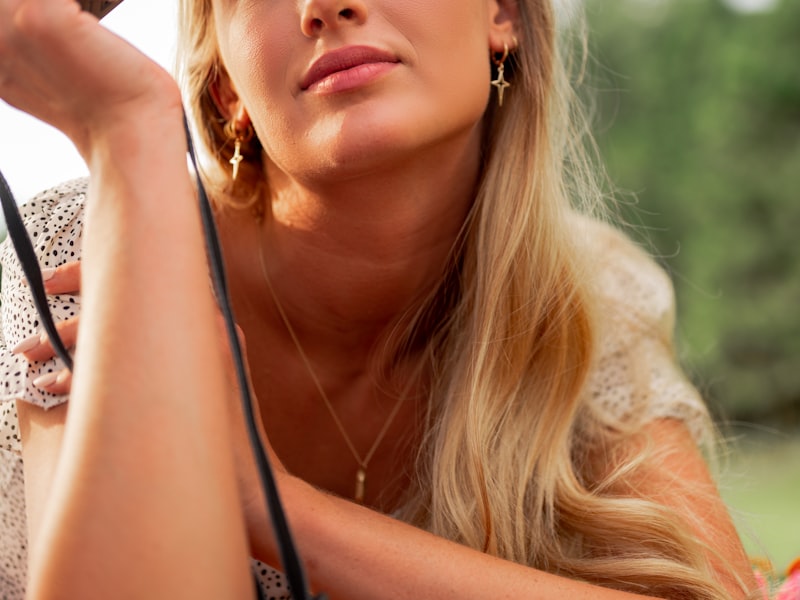Turkish Bath Massage - A Simple Guide

Turkish Bath Massage refers one particular kind of therapeutic massage which originated in Turkey. Hammams, also known as baths were constructed by the ancient Persians. They were cylindrical and known as dinettes. The word "hamam" signifies "bath". The first mammals appeared many centuries ago, in the Mediterranean region.
Turkish Bath Massage basins using heated stones. It was slowly heated to a very high temperature. Hammams had a similar structure to saunas. But instead of towels, the thicker towel was placed on top of the hammam. The towel was laid over the Hammam and then gently placed over the Hammama.
In Turkish massages and baths the massage therapist makes use of his thumbs or fingers, palms and forearms to massage the connective tissues and muscles throughout the many organs and organs within the body. The other parts of your body can also be treated, such as abdominal, legs, and the back. Massage therapy throughout Turkey is acknowledged since the 5th century BC. A variety of techniques still in use today were passed down through generations.
출장마사지 Hammams could be separated into two parts. On one side there would be stones. The stones would be then heated by an outside source with the help of fires known as Hydra. These stones could then be used for rolling pins on the hammams. The steam generated by this process was also used for heating the body.
The other part in the hammam contained oils. Oil was utilized to apply the cream directly on the skin using fingers. The stones would heat up and produce pressure points. These were then lightly rubbed by masseuses. These pressures are still used in modern times. The pressures are applied to different parts of the body in Turkish massages or baths. This is done using rollers, soft cloths and pumice stone.
There are many types of public and private baths nowadays. The options include heated hot mineral, hot or hot water baths, as well as heated oils and heated water baths. For many the old-fashioned method of bathing is still very popular.
An Turkish bath is a wonderful way to wind down. It is relaxing and calm, and the oil massage can be a wonderful option to refresh your sensations. The benefits of a Turkish bath massage does much more than just relaxing. A number of studies have demonstrated that a Turkish bath massage may improve blood flow and circulation, flow, improve energy also, relieve stress, in addition to enhancing circulation. There has also been mention of better vision, and some cases of psychosomatic illnesses dissolving.
While some research studies that demonstrate the advantages of Turkish bath massages to aid in healing However, it's unclear how much oil is needed to be added to this type of massage. The theory is that it helps to stimulate lymphatic drainage. Many people think that the oil doesn't need to be used to boost the results of a massage. You can test it out for yourself to see how you feel about the result.
How do you create this yummy cake? It's easy. The first step is to have yourself a nice, warm bath. You must ensure that you do not use hot water. You should also make sure you do not use either bubble bath or lotion. It could disrupt the real bathing experience.
The next step is to get a soft, luxurious towel. Do not use any other towels. You should choose a towel equipped with massage oils that you're comfortable using. Wrap your body for minimum 20 minutes with a towels.
After you've got your towel, head into the bathtub and begin to dress your spouse. This step is frequently skipped by those who think it's too simple. Be a little more patient. If you'd like your massage to get results then it's important to have a good time.

Get the person completely naked and lie down with your backs to one another. Start the bath massage by making use of the palm of your hands to gently massage your loved one's back lightly. Massage their shoulders, necks the necks, hands legs, feet, and feet. When you've done this you can take your time before you proceed to the next stage.
